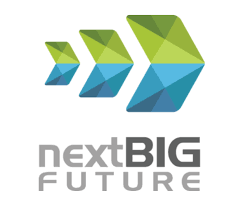New DNA Data Storage | NextBigFuture.com
Companies, agencies, institutions, etc
North Carolina State University
NC State
PCR
Nature Communications
Science
Nextbigfuture.com
Space, Robotics
Artificial Intelligence
Medicine
Biotechnology
Nanotechnology
Co-Founder
the Head of Research for Allocations
Angel Investor at Space Angels
Singularity University
People
Kyle Tomek
Albert Keung
James Tuck
File Preview
Wright
Brian Wang
Nextbigfuture.comBrian Wang
Groups
No matching tags
Physical locations
No matching tags
Places
No matching tags
Locations
GB
Events
No matching tags

Summary
Home » Science » New DNA Data StorageResearchers from North Carolina State University have turned a longstanding challenge in DNA data storage into a tool, using it to offer users previews of stored data files – such as thumbnail versions of image files.DNA data storage is an attractive technology because it has the potential to store a tremendous amount of data in a small package, it can store that data for a long time, and it does so in an energy-efficient way. Because the process makes numerous copies of the targeted DNA strands, the signal of the targeted strands is stronger than the rest of the sample, making it possible to identify the targeted DNA sequence and read the file.However, one challenge that DNA data storage researchers have grappled with is that if two or more files have similar file names, the PCR will inadvertently copy pieces of multiple data files. However, this makes the system both more data-efficient and substantially more user friendly.”The researchers demonstrated their technique by saving four large JPEG image files in DNA data storage and retrieving thumbnails of each file, as well as the full, high-resolution files in their entirety.Nature Communications – Promiscuous molecules for smarter file operations in DNA-based data storageAbstract Rather than storing many copies of duplicated data, a single copy could be shared amongst files by taking advantage of the promiscuous binding.While previous DNA-based storage systems draw inspiration from conventional storage media and have had success, shifting the design paradigms to naturally leverage the intrinsic structural and biophysical properties of DNA holds the significant promise that could transform the functionality, practicality, and economics of DNA storage.
As said here by Brian Wang